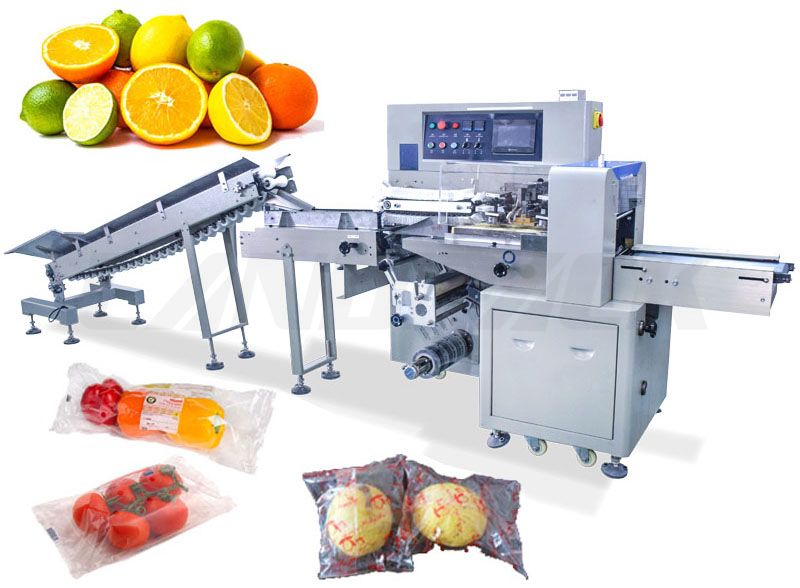Food packaging is packaging intended for food products. It requires protection, resistance to manipulation, and various chemical or physical needs. It also shows labeled products to show any dietary nutrient expendable information. Packaging must protect items from peripheral factors such as dust, germs, and interference.
Diet stays fresh longer with effective packaging
The main functions of such packaging are to protect food products from external influences and damage, preserve the diet and provide consumers with components and nutritional material. The main goal is to contain nutrients in an economical way that meets industry and consumer requirements while maintaining safety and minimizing environmental impact.
However, this fortification represents the largest waste. It helps in spreading livelihood. Even though the part is recyclable, it must be more cost effective. Food can be packed in soft aluminum cans, cardboard, and plastic bags. Tools that are commonly used include glass, metals, paper and cardboard, and plastics.
Provides physical protection, barrier protection, containment or agglomeration, merchandising, safety, ease of distribution and handling, and portion control. Aluminum cans can store food for a long time. However, a can opener is required, as opening them can be quite challenging.

The right range of packaging materials and experience ensure the quality and freshness of goods during handling and storage. The main wrapper is the main digest containing the processed rate. However, reduced coverage and sustainable fruit and vegetable packaging equipment are becoming more common. It is mainly due to government regulations, consumer pressure, retailer pressure, and cost control.
Today’s packaging combines multiple materials to take advantage of each material’s functional or aesthetic properties. As research improves food packaging, advances in this area could worry about the environment. Plastic has become the most widely used product due to its malleability and durability. In addition, a wide range of plastics is available in rigid and flexible forms.
Plastic containers are ideal for serving ready meals. The durable plastic provides excellent protection against excreta and prevents wrinkling of the feed. Paper diet bags are the perfect alternative to plastic bags or expensive boxes. The paper offers aeration and prevents dry foods from getting wet with steam from hot foods.
Eco-friendly biodegradable ampoules are ideal for both retailers and environmentally conscious consumers. They are suitable for engagements and wakes, where you can ignore the mess. Pallet film is ideal for wrapping pallets to protect them from dirt or light spots. Permeable pads protect embalmed products from micro bacterial spoilage by absorbing excess liquid from meat or fish.
Conclusion
Significant nutrient losses are reported in many countries, ranging from twenty-five percent of food grains to fifty percent of fruits and vegetables. Inadequate conservation/protection, storage, and transportation have been cited as causes of food waste. Good packaging reduces the overall amount of waste, extending the shelf life of food and thereby increasing convenience.


